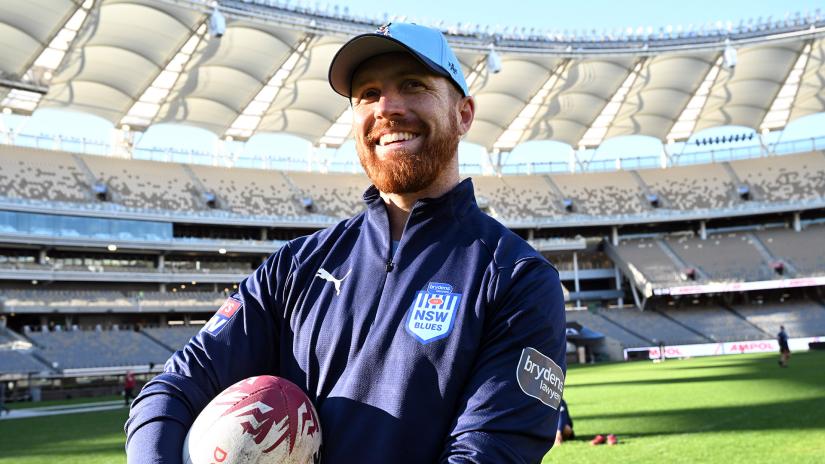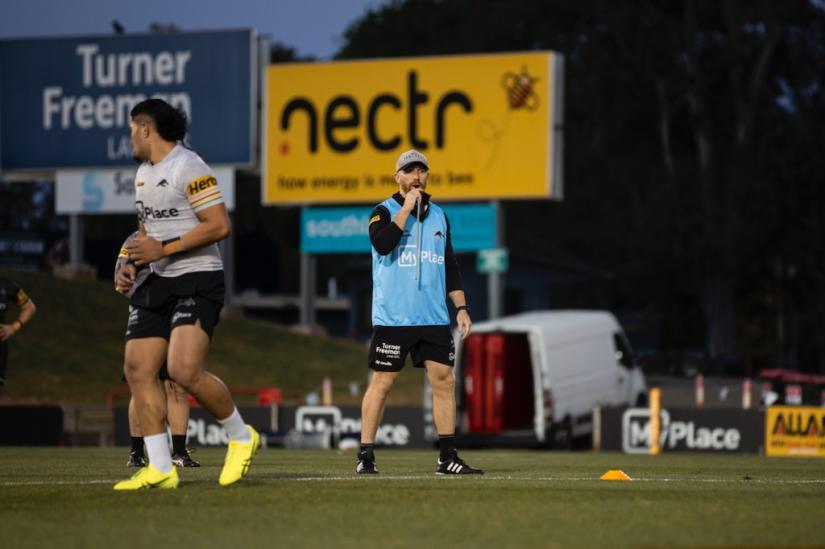How a sports PhD became a high-performance career
In the world of sports science, a postgraduate research degree can be the stepping stone to professional success. Dr Tom Lovell, Head of Performance for Penrith Panthers, is living proof.

When Dr Tom Lovell started his Bachelor of Human Movement (Hons) at UTS, he had no idea where the road would take him. At the time, he says, his thought process went something like this: I like sports, I like science, maybe sports science will be the right fit.
And it was. Today, Tom is the Head of Performance for Penrith Panthers, one of the 17 clubs in the National Rugby League (NRL). He works with the Panthers’ athletes and coaches to plan their training and assess player performance, and he’s also responsible for integrating the expertise of the organisation’s physical preparation, sports science and medical support teams to maximise team success. It’s a role that combines everything he loves about sport and science in one.

Dr Tom Lovell assisting with training at the Penrith Panthers
But back in the early days of uni, he didn’t even know such a job existed.
“I knew there were exercise science professionals working with elite athletes, but the integration of sports science in team sports such as rugby league was still in its infancy, and it just seemed a bit abstract and too far away to imagine that possibility for myself,” he says.
“I don’t think I was fully aware of how exciting the career possibilities were until probably third-year uni when I started seeing people in these positions.”
You can read the full article here: How a sports PhD became a high-performance career.
